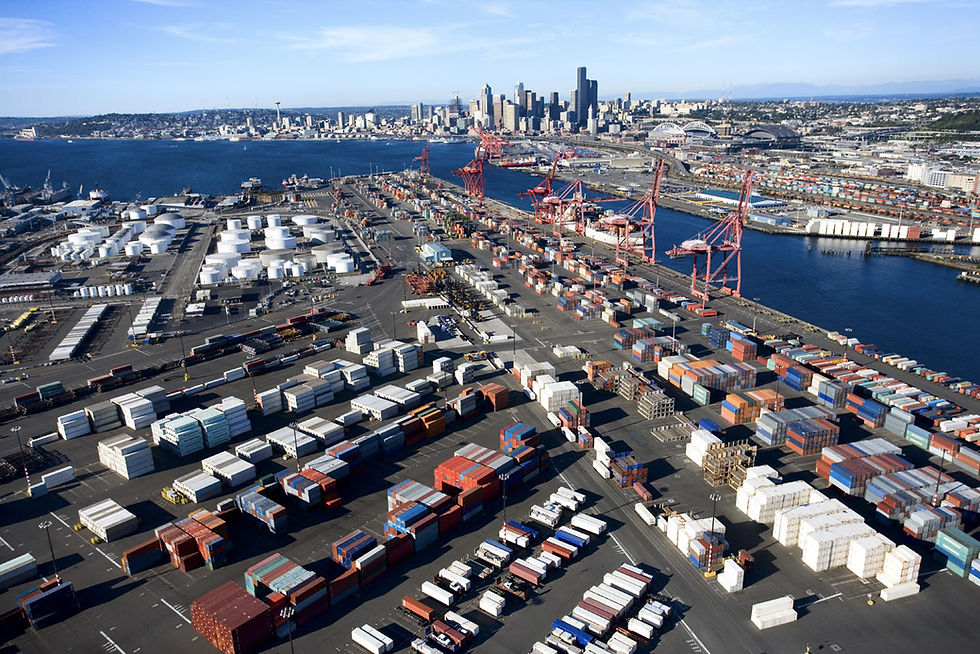
As snooker players know, it’s hard to keep a good break going. In today’s conditions, the shipping industry needs supply-side re-positioning to help the markets back to improved health, and increased recycling in recent years has been a clear part of this. However, there’s still some way to go to better times, so it’s worth taking a look at how today’s ‘big break’ might leave the future potential scrapping profile.
The Big Break!
Since the start of 2009, a total of 206.6m GT of shipping capacity has been sold for recycling, compared to an aggregate of 63.1m GT in the previous seven years. This total includes 94.7m GT of bulkcarrier tonnage and 29.1m GT of containerships, helping to address oversupply in the volume shipping markets. But given such a prolific run of demolition activity, what does the future potential scrapping profile look like? Well, there are many measures that can be used to investigate this, including the metric featured in the graph. If the average age of scrapping is taken as a useful indicator of the current state of conditions facing owners in each market, then calculating the amount of tonnage remaining in the fleet at today’s average age of scrapping or higher might tell us something interesting, especially if ongoing market conditions persist.
What’s Left On The Table?
In the tanker sector, which up until fairly recently was backed by stronger market conditions, the average age of scrapping in the year to date remains relatively high, at 25 years for crude tankers and 27 for product tankers (bear in mind that not many tankers have been sold for scrap recently, and the average age may fall). Given that a lot of older single hulled tanker tonnage was phased out in the 2000s, the amount of tonnage above the average age today is limited. In the bulker and containership sectors, both under severe market pressure for some time now, the statistics are a little more revealing. Despite heavy recycling in recent times, the share of tonnage above the current average age of scrapping is 8% for Capesizes and 6% for Panamaxes. For boxships sub-3,000 TEU the figure is 10% and for those 3-6,000 TEU 12%. Of course if the average age of scrapping falls, then the picture changes again. In the 3-6,000 TEU boxship sector, the youngest ship sold for scrap this year was just 10 years old; around 50% of tonnage today is that age or older.
Cue More Demo?
What does this tell us overall? Well, using the sector breakdown shown in the graph, the statistics tell us that around 75m GT in the fleet is above the current average age of scrapping, 6% of the world fleet. At 2016’s rate of demolition, that’s another 2.4 years’ worth. And given the age profile of the world fleet, after another 2 years an additional 21m GT will have crossed the current average age mark and after 5 years another 77m GT.
Break Not Over?
So, what chance does the industry have of keeping the demolition pressure on? Well, obviously freight and scrap market conditions and regulatory influences will have a big say. However, it looks like, in today’s terms at least, the industry might be in a good position to keep the break going.
via HSN
.png)